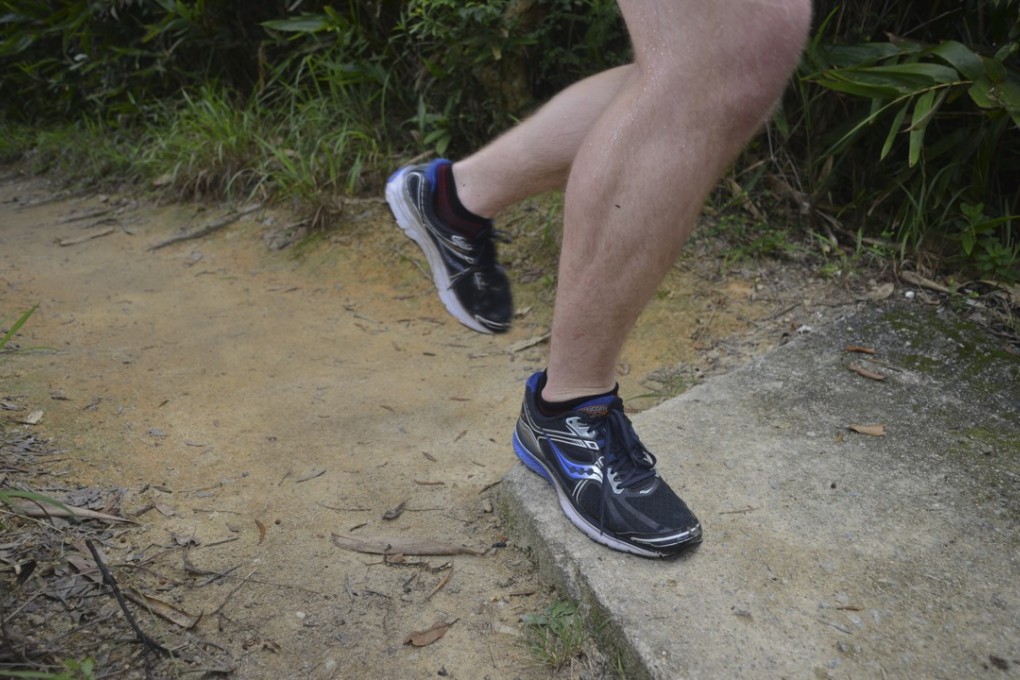Concreting Hong Kong trails harms runners’ joints, even if it’s done for environment and safety, says expert
The repetitive jolts from landing on concrete causes tendinosis – irreversible injury to ligaments, tendons and muscles; a group is working with the government on alternatives to concreting city’s trails

Rugby players play on rugby pitches, track athletes run on tracks, rock climbers climb rocks, mountain bikers go up and down mountains on bikes. So why should trail runners run on anything but natural trails?
Knee and ankle joints suffer from the impact of running or hiking on concrete, and steps force the joints into unnatural angles, causing further injury.
Yet the Hong Kong Agriculture, Fisheries and Conservation Department (AFCD) continues to concrete trails to “protect” hikers and runners. For example, part of section eight of the Hong Kong Trail across Hong Kong Island was unnecessarily cemented as part of a government project in Big Wave Bay, in the southeast of the island, in 2008.
The repetitive jolts that result from landing on concrete causes an injury called tendinosis, in ligaments, tendons and muscles, collectively known as fascia, says Alain Chu, Hong Kong physiotherapy and acupuncture expert and mountaineer.
“Every sport should have a suitable surface. For trail running, they should be on trails. I don’t know why the government needs to change the country parks into city gardens,” Chu says.